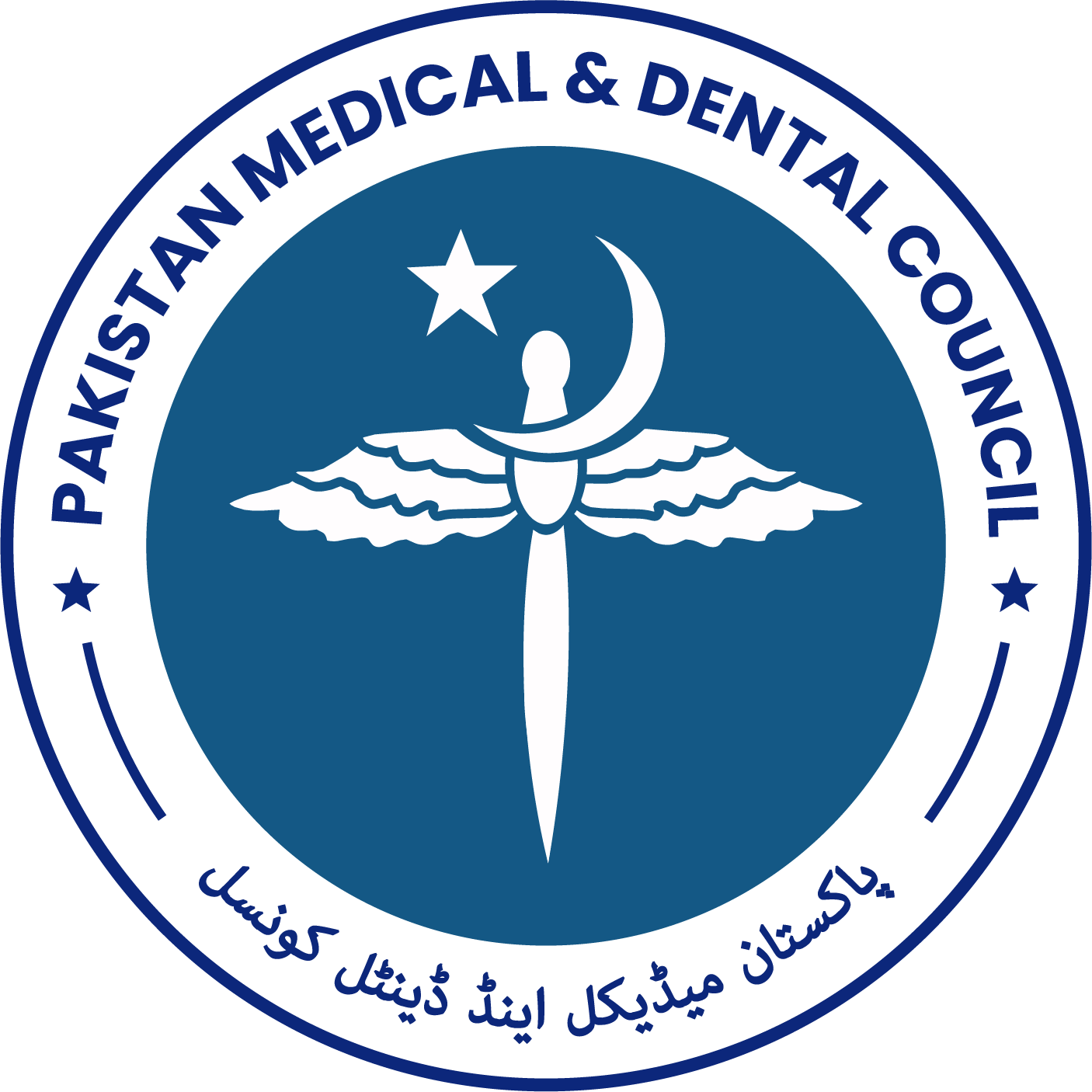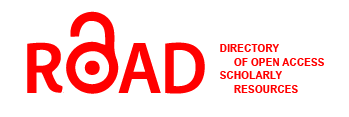Evaluating Non-Alcoholic Fatty Liver Disease in Individuals with and without Type 2 Diabetes Comparative Cross-Sectional Study using Ultrasound Imaging
Abstract
Objective: Non-Alcoholic Fatty Liver Disease (NAFLD) is a significant health concern globally, particularly in
individuals with Type 2 Diabetes Mellitus (T2DM). This study aims to evaluate the frequency and severity of
NAFLD among diabetic and non-diabetic populations using ultrasound imaging, focusing on its implications in
Pakistan.
Study Design: Comparative cross-sectional study.
Place and Duration of Study: The study was conducted at the Department of Medicine, Ibn-e-Siena Hospital &
Research Institute, Multan, Pakistan from 17th September 2018 to 16th March 2019.
Methods: A total of 324 participants were enrolled, including 162 patients diagnosed with type 2 diabetes
mellitus and 162 age- and gender-matched non-diabetic controls. The study included male and female patients
aged 30-60 years, diagnosed with type 2 diabetes and on oral hypoglycemic agents or insulin for at least one
year. Patients with suspected autoimmune hepatitis, viral hepatitis, chronic liver disease, excessive alcohol
consumption, or those unwilling to participate were excluded. Abdominal ultrasonography was employed to
assess liver echogenicity and grade hepatic steatosis. Statistical analysis was carried out using SPSS version
26.0. Categorical variables were analyzed using the chi-square test, while continuous variables were assessed
using the independent t-test. A P-value <0.05 was considered statistically significant.
Results: The frequency of NAFLD was significantly higher in the diabetic group (76%) compared to nondiabetics
(48%) (P < 0.001). Moreover, moderate to severe NAFLD was more frequent in diabetics (54%) than in
non-diabetics (20%). NAFLD severity showed a significant correlation with increasing age (≥50 years), obesity
(BMI ≥30 kg/m²), and poor glycemic control (HbA1c ≥7%).
Conclusion: Non-alcoholic fatty liver disease (NAFLD) is more prevalent and severe in type 2 diabetics
compared to non-diabetics, as assessed through ultrasound imaging anatomy.
How to cite this: Iqbal MZ, Irfan A, Ejaz M, Gardazi A, HBS Syed, Ali A. Evaluating Non-Alcoholic Fatty Liver Disease in Individuals with and without Type 2 Diabetes Comparative Cross-Sectional Study using Ultrasound Imaging. Life and Science. 2025; 6(3): 344-349. doi: http://doi.org/10.37185/LnS.1.1.772
Copyright (c) 2025 Muhammad Zaid Iqbal, Ayesha Irfan, Mohsin Ejaz, Aamena Gardazi, Hamd Binte Shahab Syed, Amjad Ali

This work is licensed under a Creative Commons Attribution-NonCommercial 4.0 International License.

















